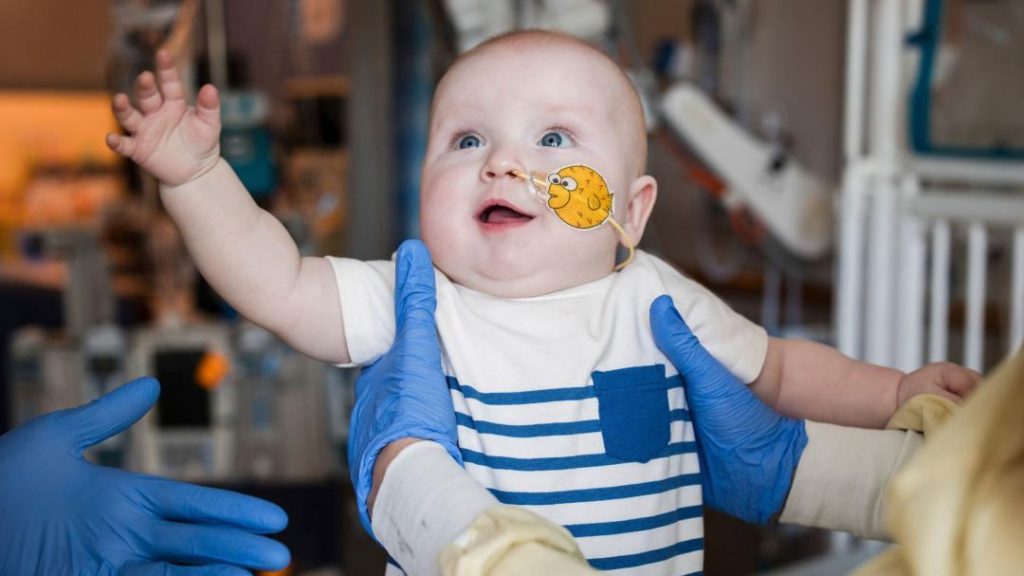
Baby becomes first in the world to receive personalised gene-editing treatment
In a groundbreaking medical breakthrough, a nine-and-a-half-month-old baby from Pennsylvania, USA, has become the first person in the world to receive personalised gene-editing treatment using a technology known as CRISPR (Clustered Regularly Interspaced Short Palindromic Repeats). The baby, named KJ Muldoon, has a rare metabolic condition known as severe carbamoyl phosphate synthetase 1 (CPS1) deficiency.
CPS1 deficiency is a rare genetic disorder that affects the body’s ability to produce urea, a waste product that is created during the breakdown of protein. The disorder can cause a range of symptoms, including seizures, developmental delays, and physical abnormalities. Without treatment, children with CPS1 deficiency often do not survive beyond early childhood.
The pioneering treatment, which was administered at the Children’s Hospital of Pennsylvania, was designed to correct the genetic mutation responsible for KJ’s condition. The treatment involved using CRISPR technology to edit the faulty gene, allowing the baby’s body to produce the necessary enzyme to break down protein and produce urea.
According to doctors, KJ has so far shown no serious side effects to the treatment, and his condition is being closely monitored to ensure that the gene-editing has had the desired effect. The treatment is a significant milestone in the development of gene editing as a potential therapy for genetic disorders.
CRISPR technology has been hailed as a revolution in genetic engineering, allowing scientists to edit genes with unprecedented precision and ease. The technology has been used in a range of applications, from basic research to disease treatment, and has shown great promise in the field of gene therapy.
The study, published in the New England Journal of Medicine, details the treatment and its outcomes, and provides valuable insights into the potential of CRISPR technology as a therapeutic tool.
“The use of CRISPR-Cas9 gene editing in this patient with severe CPS1 deficiency demonstrates the potential of this technology for treating genetic disorders,” said Dr. Krystof Choczaj, the lead author of the study.
“The fact that we were able to achieve a significant reduction in the baby’s CPS1 deficiency levels without any serious side effects is a testament to the power of gene editing,” added Dr. Choczaj.
While the treatment has shown promise, it is important to note that gene editing is still a relatively new and experimental technology, and more research is needed to fully understand its potential and limitations.
As with any new medical treatment, there are many questions and concerns surrounding the use of CRISPR technology in humans. Some of the key questions include:
- What are the long-term effects of gene editing on the human body?
- How do we ensure that the edited gene does not have unintended consequences?
- How do we balance the potential benefits of gene editing with the potential risks?
Despite these questions, the treatment of KJ Muldoon marks a significant milestone in the development of gene editing as a therapeutic tool, and offers hope to families affected by genetic disorders.
As the field of gene editing continues to evolve, it is likely that we will see more studies and treatments using this technology. The potential benefits of gene editing are vast, and the treatment of KJ Muldoon is a powerful reminder of the potential for this technology to improve human health.






